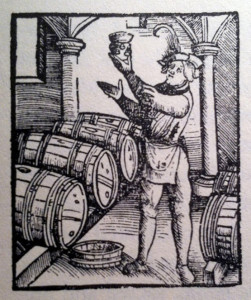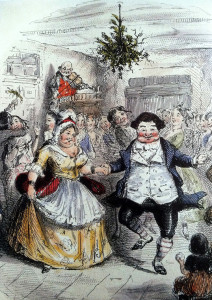SECOND DAY of CHRISTMAS:
St. John’s Day
We celebrate the feast of St. Stephen, the first Christian martyr, on the First Day of Christmas, but the Second Day is dedicated to St. John the Evangelist, who was the only of the twelve apostles to live to a ripe old age and not die a martyr’s death. Not that no one ever tried to do St. John in––he survived after drinking poisoned wine that was served to him, and for this reason wine plays a major role in the celebration of St. John’s Day on December 27. In Germany and Austria, it is customary to bring wine to church on St. John’s Day to have it blessed, and this St. John’s wine is considered to have healing properties and to even infuse better flavor in other bottles of wine that rest near it.
Whether that is true or not, certainly the Second Day of Christmas is a good day to celebrate with wine, and what better during these long dark nights of winter than mulled wine? There are many recipes to be found for mulled wine, but here’s what we do: pour a bottle of decent red wine into a stainless steel pot and set it on the stove over medium heat. Add some mulling spices (we happen to sell some pretty wonderful mulling spices at our website, from the Sabbathday Lake Shaker Community in Maine), the rind of an orange, and sugar. Many recipes call for a lot of sugar, but we prefer our mulled wine not so sweet, so I’d suggest starting with a couple of teaspoons of sugar and adding more to taste. You can always add more, but you can’t take it away. Heat to allow the flavors to infuse the wine. Strain and pour into ceremonial cups, and of course, raise a toast to St. John, for good health (“Wassail!”), and for a merry Christmastide.

